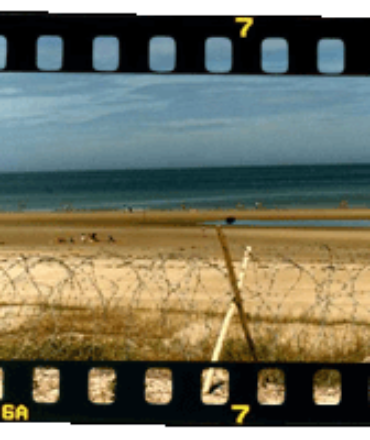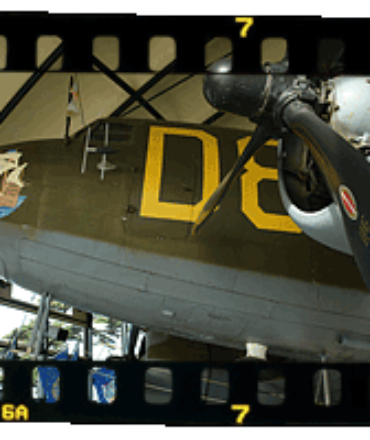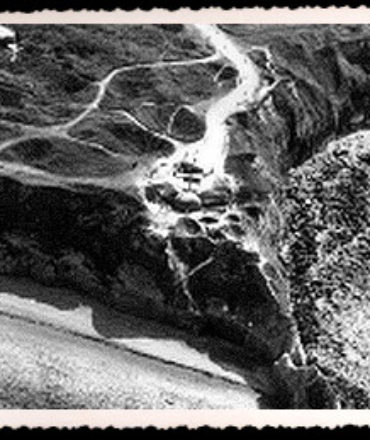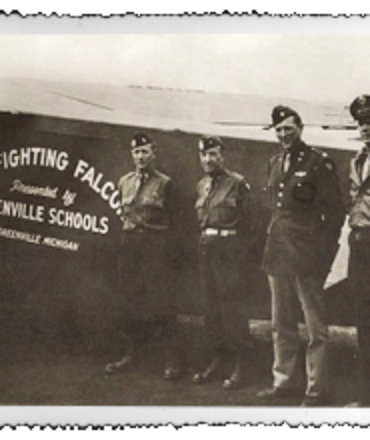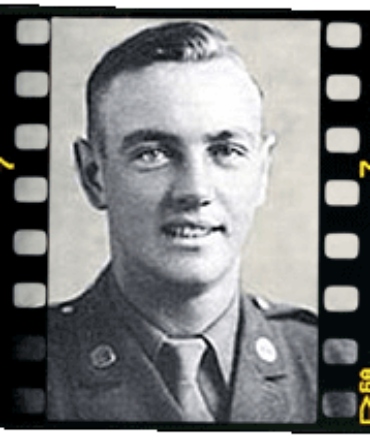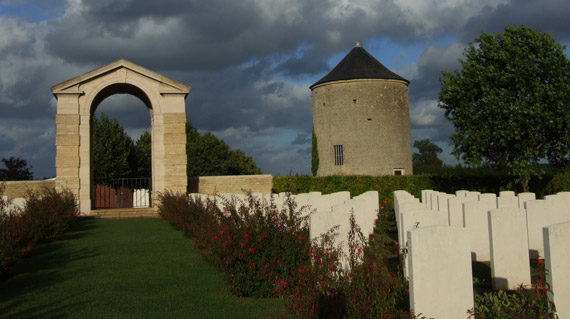
Ranville Cemetery
The Ranville War Cemetery contains the graves of 2,235 Commonwealth servicemen, many from the British 6th Airborne Division who landed by parachute and glider nearby to silence German guns and secure bridges before the D-Day landings at Sword Beach. Immaculately kept, the cemetery also holds the graves of 97 unidentified soldiers, 330 German graves and some burials of other nationalities. Inside the churchyard are a further 47 Commonwealth burials, including one unidentified grave, and a German grave.




























